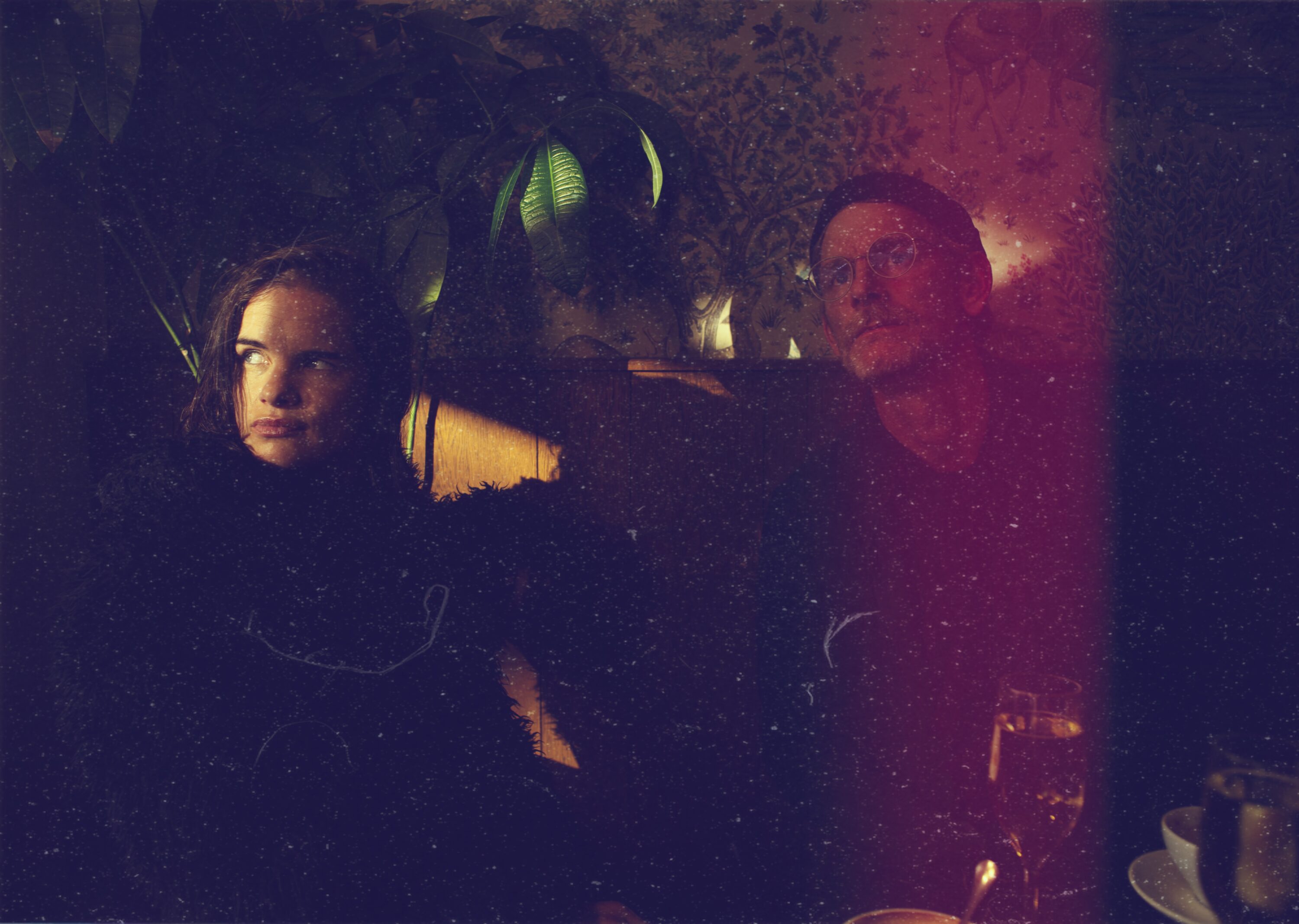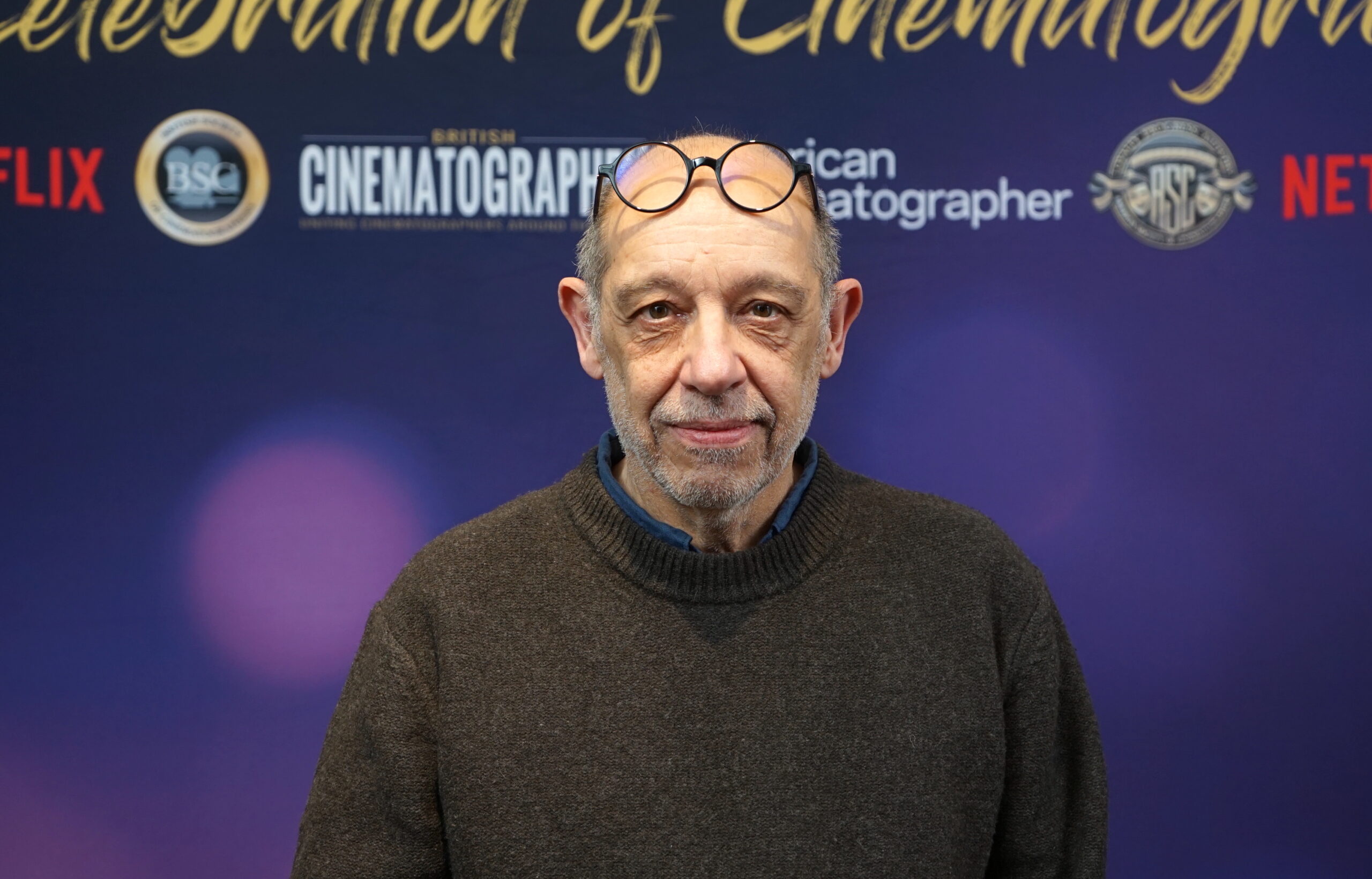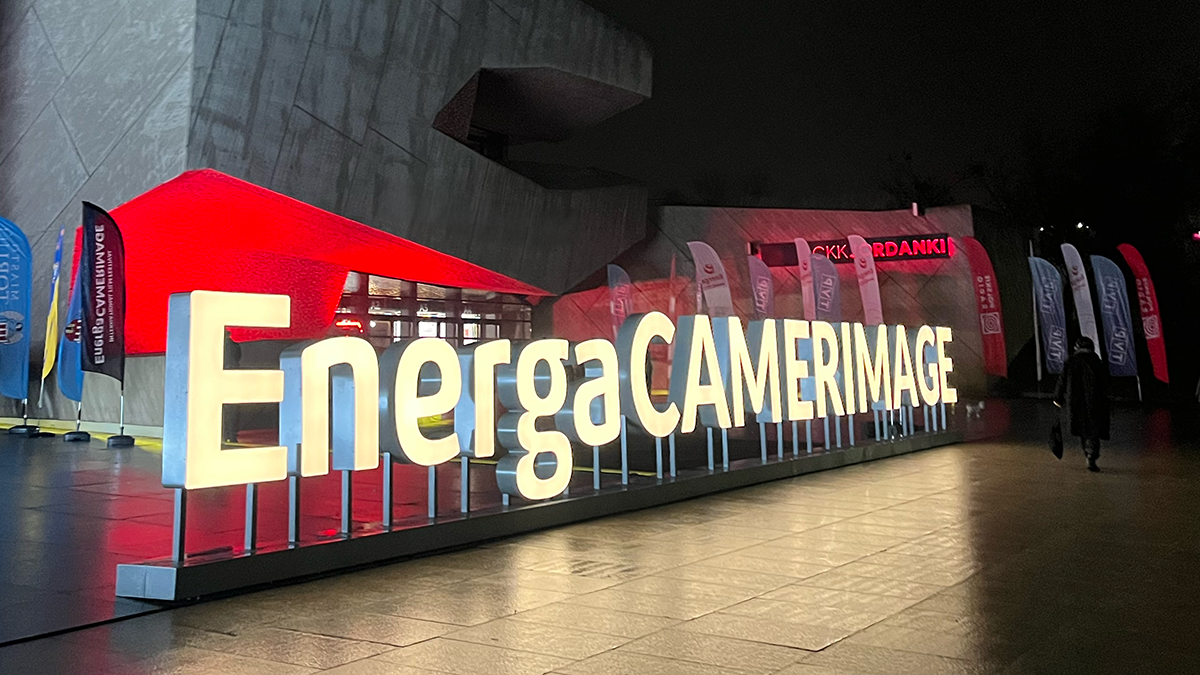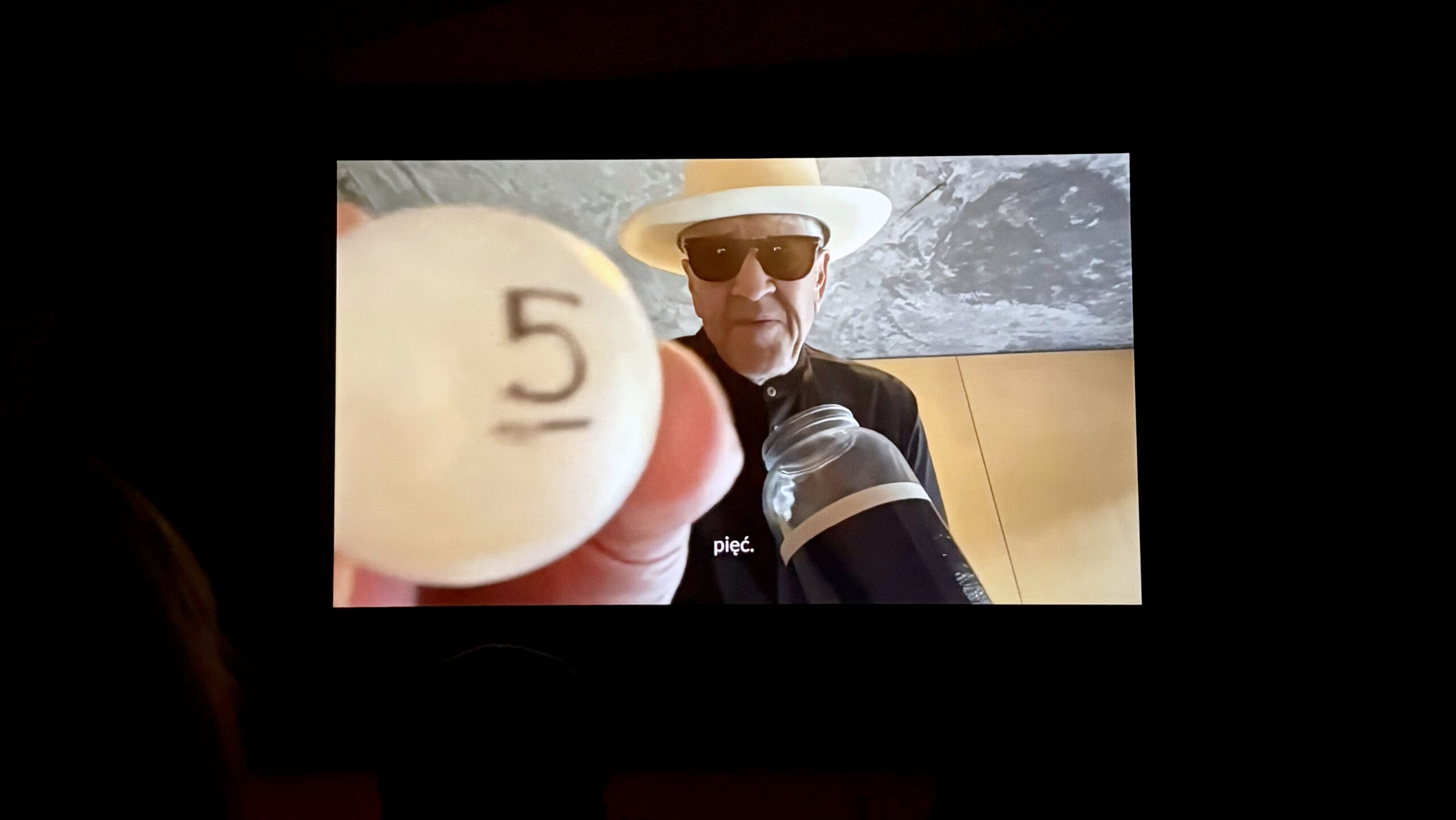British Directors Fight for Film

British Directors are at last fighting for the right to accept delivery of Super 16mm film for delivery on High definition channels controlled by the BBC and other broadcasters.
The landmark decision of the BBC some years ago to ban the use of Super 16mm for HD transmission is acknowledged as restricting the creative choice of filmmakers. At present producers and independent financiers are effectively forbidden from shooting on Super 16mm because it precludes the work being shown on HD Channels. Their association, Directors UK is coordinating industry views on this contentious issue and is now in discussion with the BBC about reinstating the use of Super 16mm on HD Channels.
This is the battle that Imago, assisted by the BSC and BvK of Germany, has been fighting since the BBC made their destructive and punitive announcement in September 2006. It was intended to herald the imposed ending of super 16mm film production by 2011!! The advent of successful productions such as “Man on Wire”, “The Hurt Locker”,” March of the Penguins”, The Wrestler”, “Black Swan” had caused many Producers and directors to question the decision by the BBC that such productions would never be shown on HD Television. The realisation that great profit that can be made from such relatively low budget productions also helped sway the argument.
The Directors are now asserting, as cinematographers have long been, that they should “chose the format on which he or she wishes to shoot, and that creative reasons for selecting a particular imaging process should be given due weight alongside the technical arguments. This is not an “anti-digital” stance- rather is seeking to allow that choice to be made by the director.” A chorus of cinematographers would echo the refrain “Hallelujah” after this sentiment- it is a choice for which Imago has been fighting since the digital area arrived.
To save our remaining laboratories from oblivion and retain the creativity and discipline of Super 16mm and 35mm production cinematographers in all Imago’s 48 societies are urged to exercise where possible their rights to choose the best tool for the job whether it be an Alexa, Red or Sony camera or Super 16mm or 35 mm film. Ironically the deciding issue is likely to be the financial profit of the producer rather than the creative opportunities of the director or cinematographer. We can only appeal to the BBC for an objective appraisal this time round to give us all a level playing field. The industry deserves a concrete statement of intent from Kodak.
D.N.W






